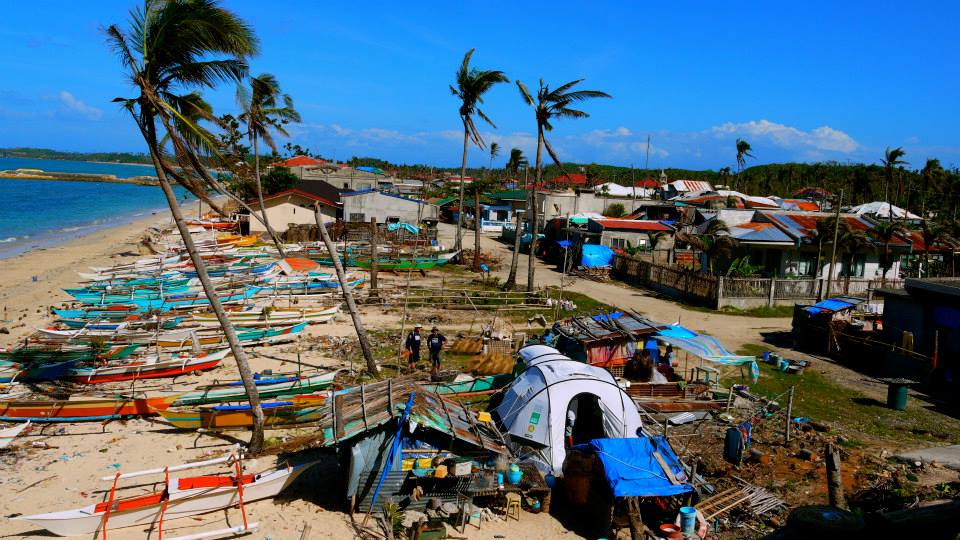Philippines Deployment
Soon after we landed in the Philippines, we were given information that there was a considerable need in the municipality of Daanbantayan so we began to carry out detailed assessments in that area. It seems that even now, 3 months after the disaster, there has been almost no support from NGOs or the government. All of the schools we have seen are without roofs and there is very little evidence of any emergency shelter or other support in the area. It looks as though this municipality has been left to fend for itself.
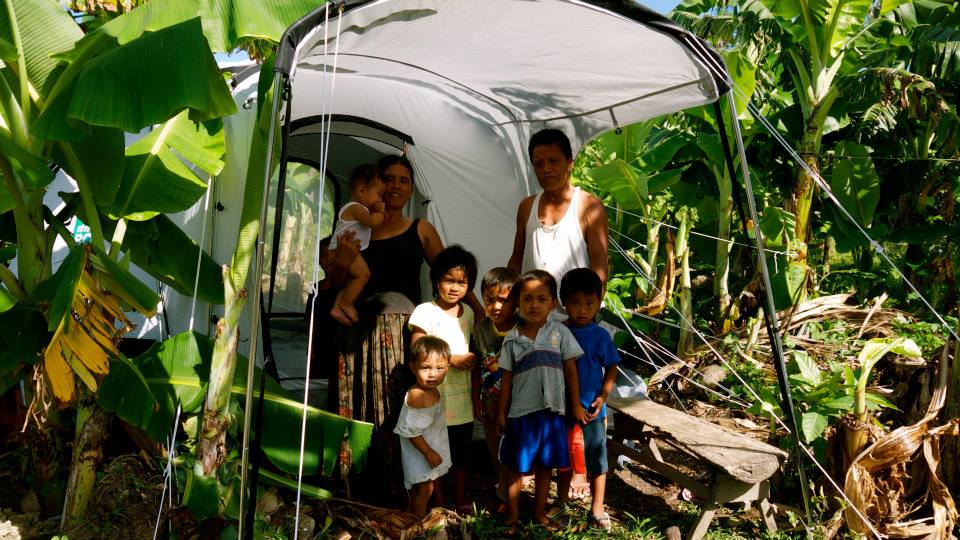
We have been working with the mayor’s office to establish exactly how Shelterbox can contribute to the reconstruction of the area. The initial request from the mayor was for 2,500 tents plus any other aid we could provide. Given the size of the area and knowing the number of inhabitants, this request seemed high so we have been visiting the affected areas with a team from the mayor’s office to work out exactly what is required.
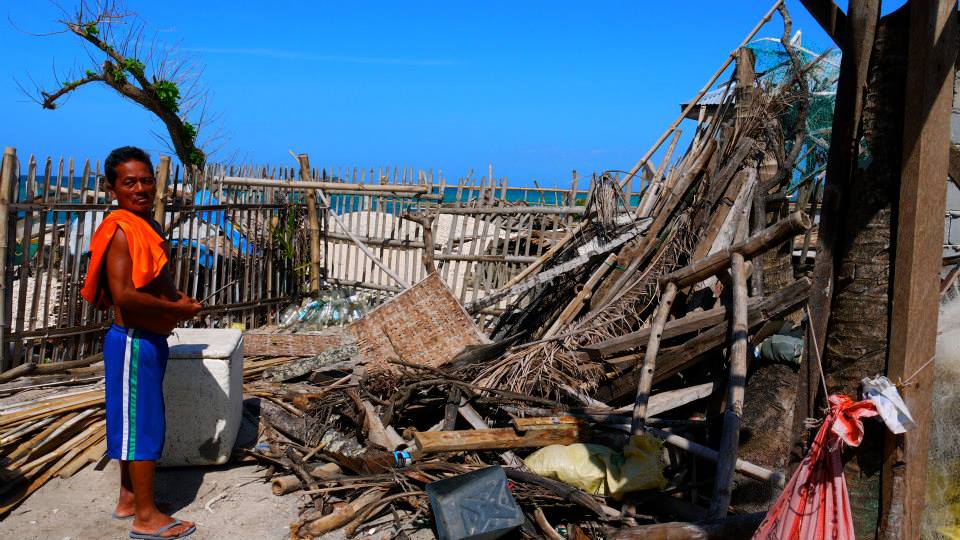
Although there are many people we can help, we have found the need for emergency shelter is less than originally requested. Many of the requests were from people who thought a tent would be preferable to their fairly basic housing and wanted to use one on a permanent basis. We have been explaining that a Shelterbox tent is a temporary solution that should be used by people who are in the process of rebuilding, as it is not a permanent alternative to a home.
During our assessment we have come across multiple families sharing one small dwelling and living in very cramped and squalid conditions while they rebuild their homes. In these cases we have been able to help by providing shelter. This has benefited both the recipient family and those who they had moved in with, allowing everyone to return to some sort of normality.
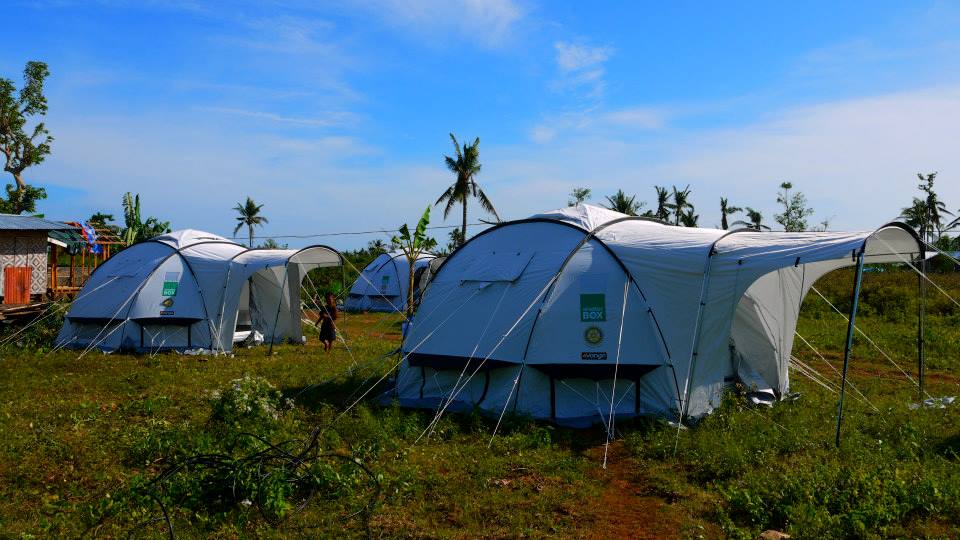
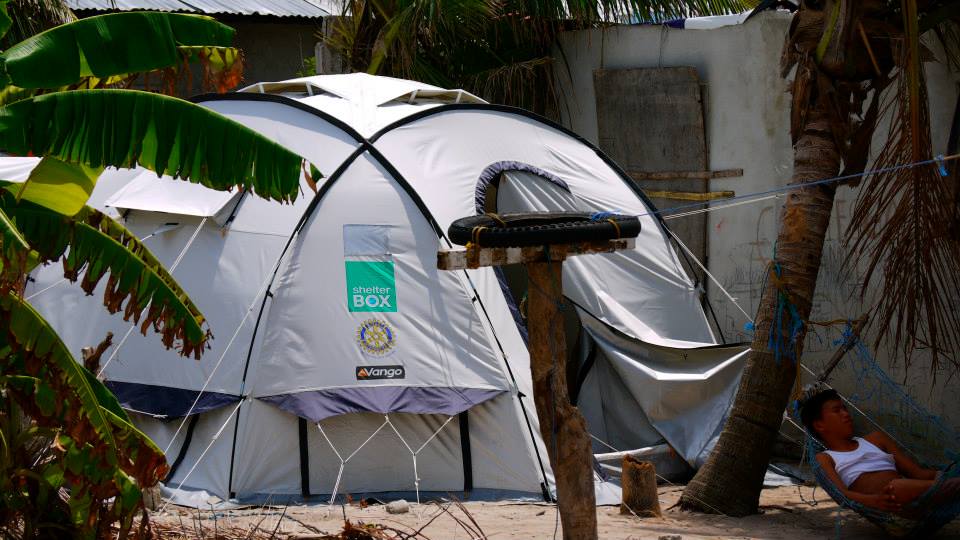
We have also seen a number of cases where families have been split up across the municipality as there simply wasn’t space for one entire family to move in with another. In these cases, providing a Shelterbox tent has allowed a family to move back together while they rebuild.
There are also many families who need to move out of the temporary shelter they have constructed on the sites of their old homes while they rebuild a permanent house, again we have been able to help.
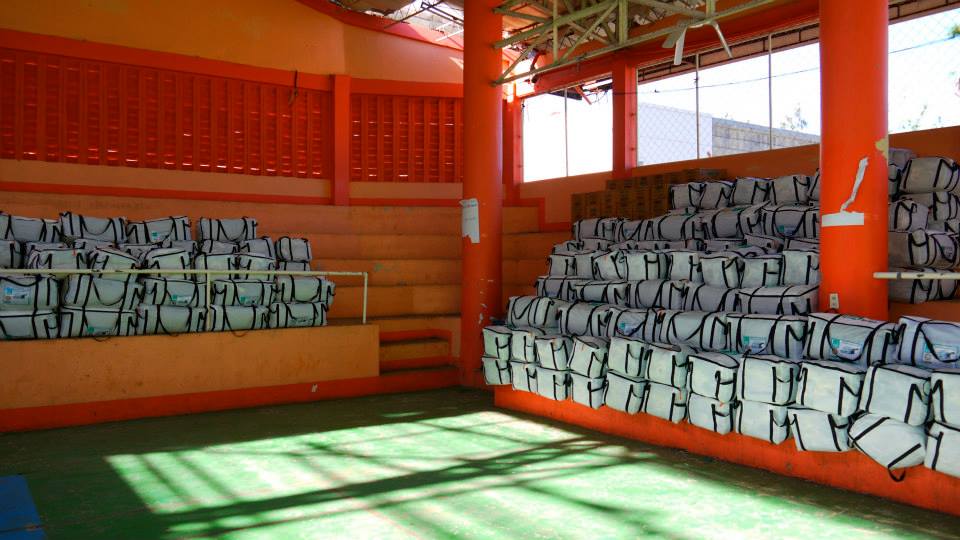
In addition to assessing the need for tents we have also been assessing requirements for other aid. Some of the families we have spoken to will take up to a year to build their new homes as they can only afford to buy a couple of planks of wood per month and have no tools to use so we have put in a request for toolkits. Mosquito nets are on order and solar lamps have been requested as many of the homes we visit are still without power. By distributing other forms of aid we can help a wider group of people. People who may not qualify for a tent can be helped in these other ways.
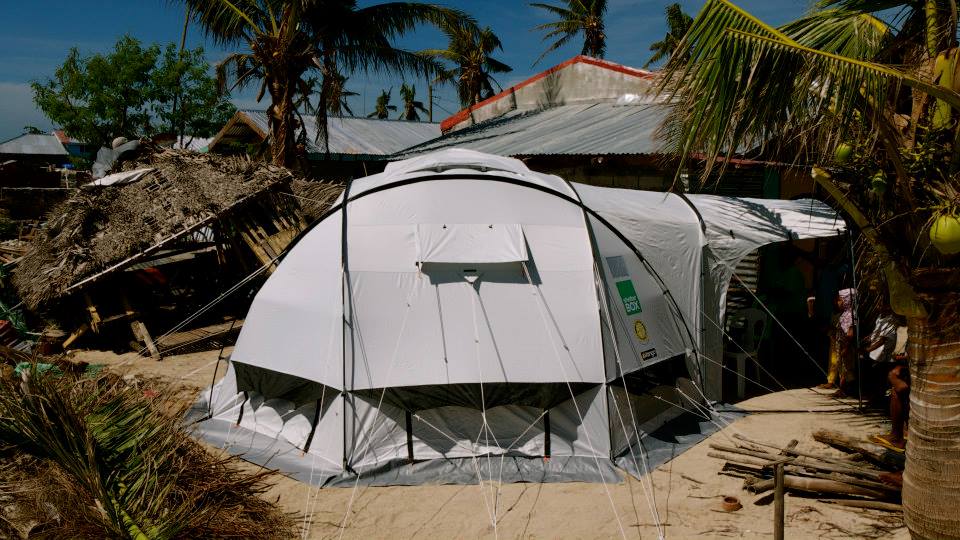
It’s been really important to have SRTs on the ground to make sure Shelterbox equipment is distributed appropriately. It’s meant that the recipients are getting something that is genuinely useful and also the money kindly donated by Shelterbox supporters is not wasted.
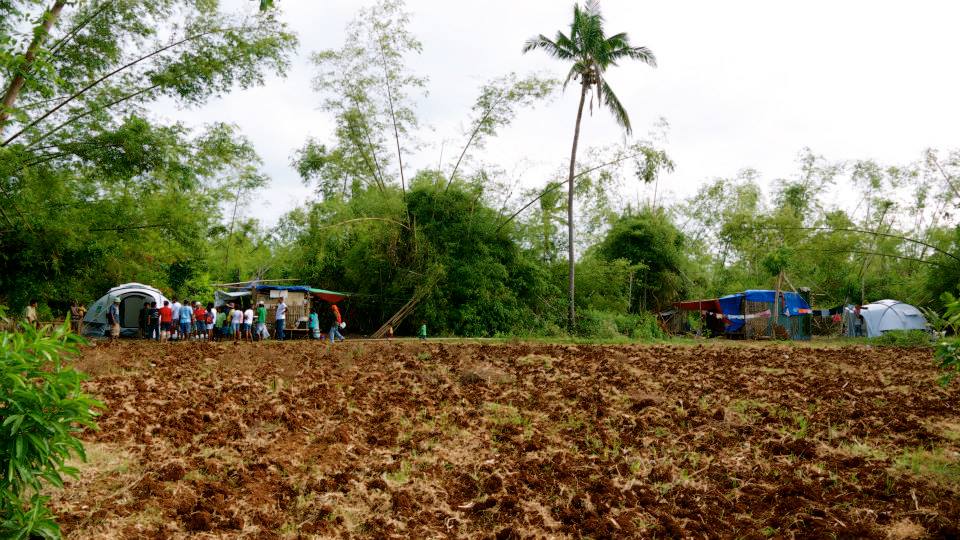
So far we have taken delivery of our first 200 tents which we have used to set up a secure warehousing and distribution system. There is a truck on it’s way with another 200 tents and we estimate around 400 tents will be erected in Daanbantayan when we are finished with many more families benefiting from other forms of aid. All in all we should be able to provide direct support to over 3000 people who have received no help since Typhoon Haiyan hit 3 months ago.
